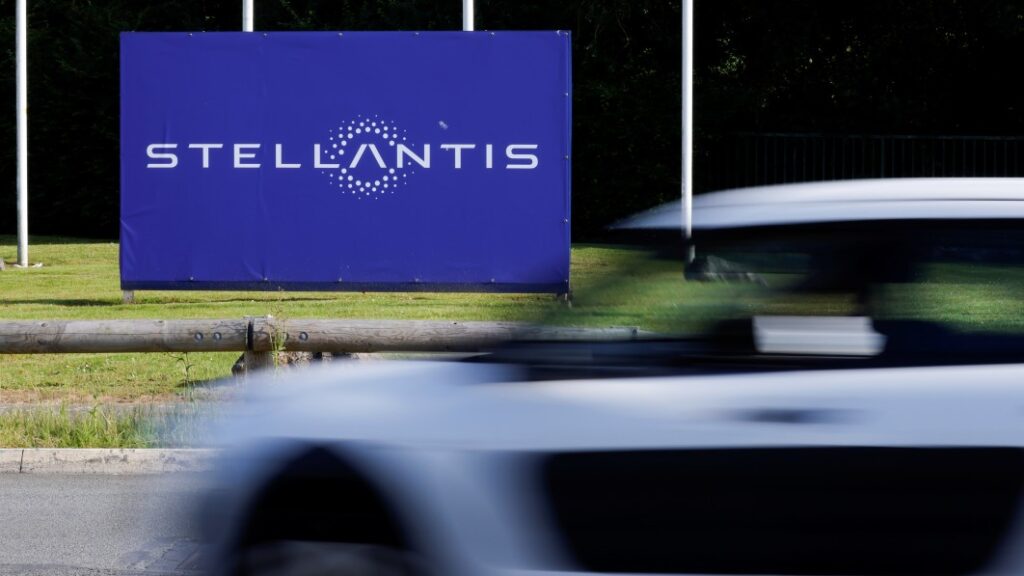Stellantis sees vehicle loan durations extended amid banking turmoil

Stellantis is seeing clients seeking longer-term financing and leasing deals for their vehicles as a consequence of higher global interest rates, the carmaker’s head for the business said.
Chief Affiliates Officer Philippe de Rovira said loans which normally had a three-year maturity were now increasingly moved to four years. “This allows customers to get a car for a monthly instalment that is similar to that they had before,” he said.
The world’s third largest carmaker by sales on Tuesday announced it had completed a plan announced in late 2021 to reshuffle and simplify its leasing and financing operations in Europe.
Under its terms, Stellantis created a 50-50 single long term multi-brand leasing company named Leasys with Credit Agricole Consumer Finance.
It also set up local joint ventures in European countries for its new Stellantis Financial Services unit, formerly Banque PSA Finance, with BNP Paribas Personal Finance and Santander Consumer Finance.
“These banks have always had better funding conditions than those we can have as an automaker,” de Rovira said.
Benefits of the plan included cutting the number of financing and leasing entities the group runs in each country and the number of IT systems it uses, with expected savings exceeding 30% in this particular area, he added.
De Rovira said the group had a huge portfolio of orders it had not yet delivered due to supply chain shortages impacting production.
“Demand is not our main issue. The issue is to deliver as fast as we can cars that are in our order portfolio, which is still at record levels,” he said.
The group aims to expand its corporate leased vehicle fleet to more than one million units in 2026 and to double net income from its so-called banking activities to 5.8 billion euros ($6.3 billion) by 2030.
De Rovira said Stellantis was not seeing a downward trend in vehicle pricing.
“Probably the significant price increases we have seen in 2021 and 2022 will not be repeated because the context is changing, but for the moment we don’t see decreases, we see stabilisation”.
($1 = 0.9188 euros)
(Reporting by Giulio Piovaccari and Gilles Guillaume; Editing by Jan Harvey)



